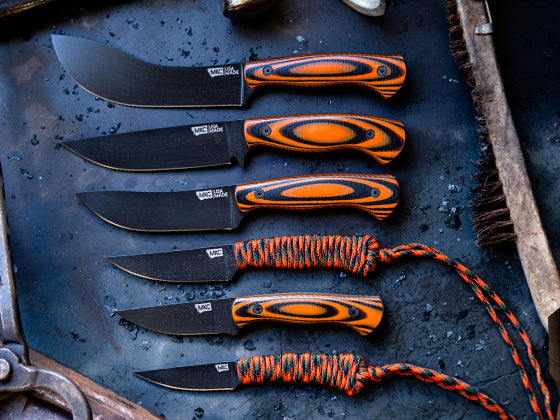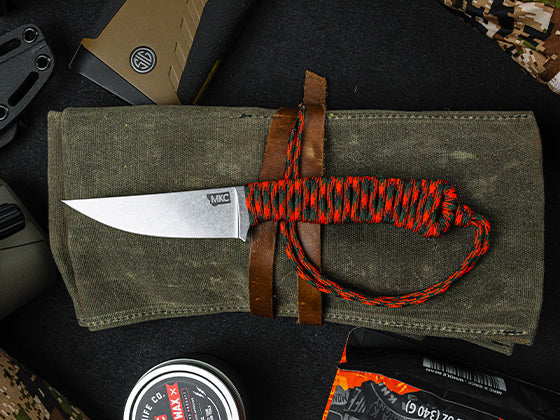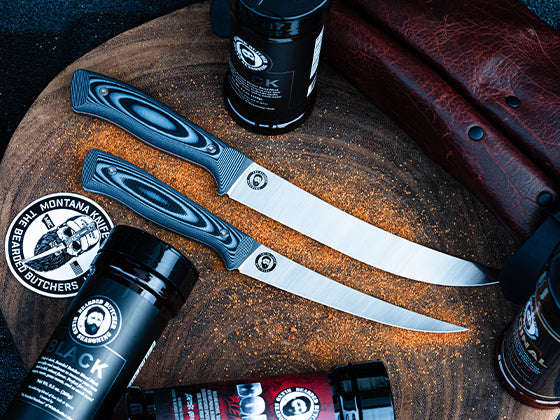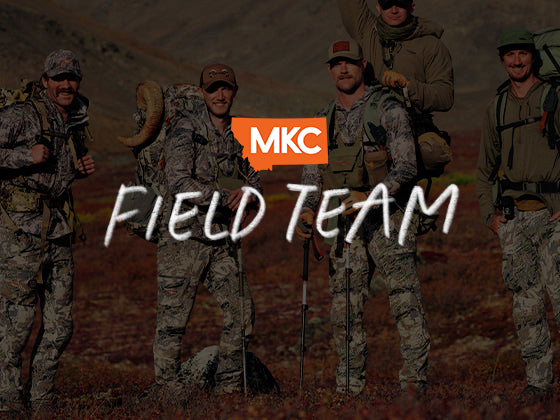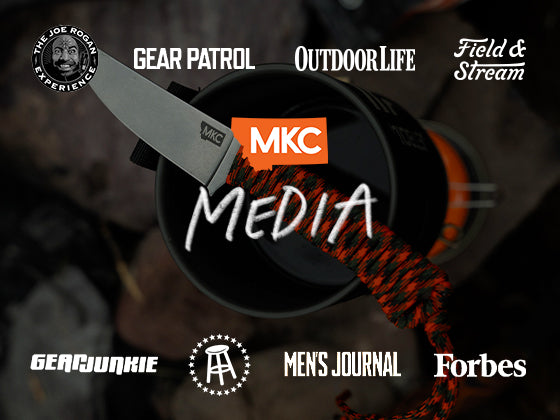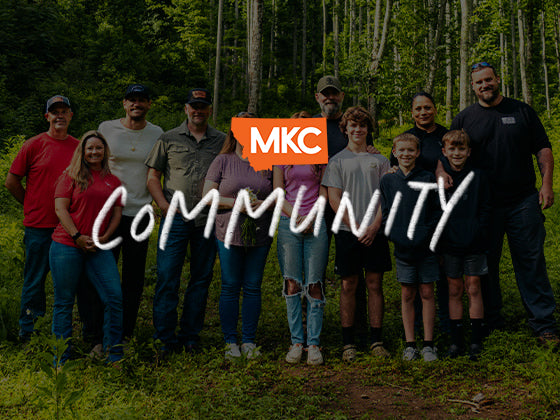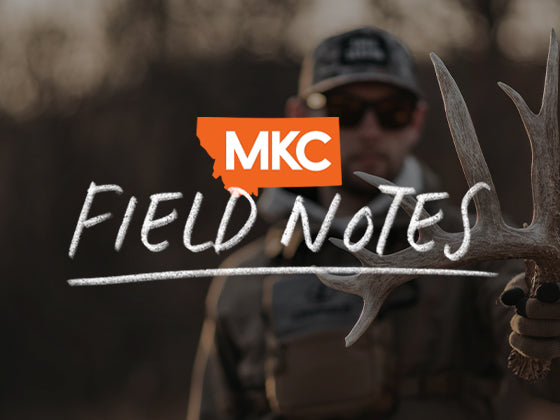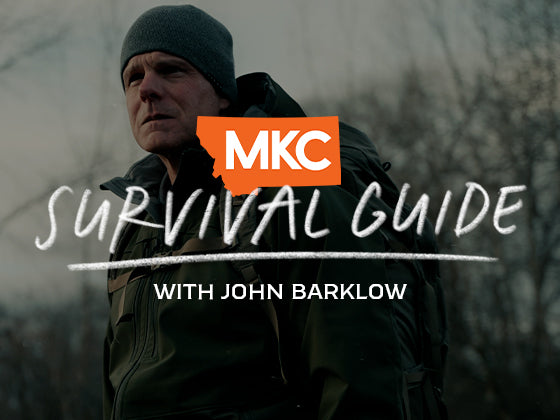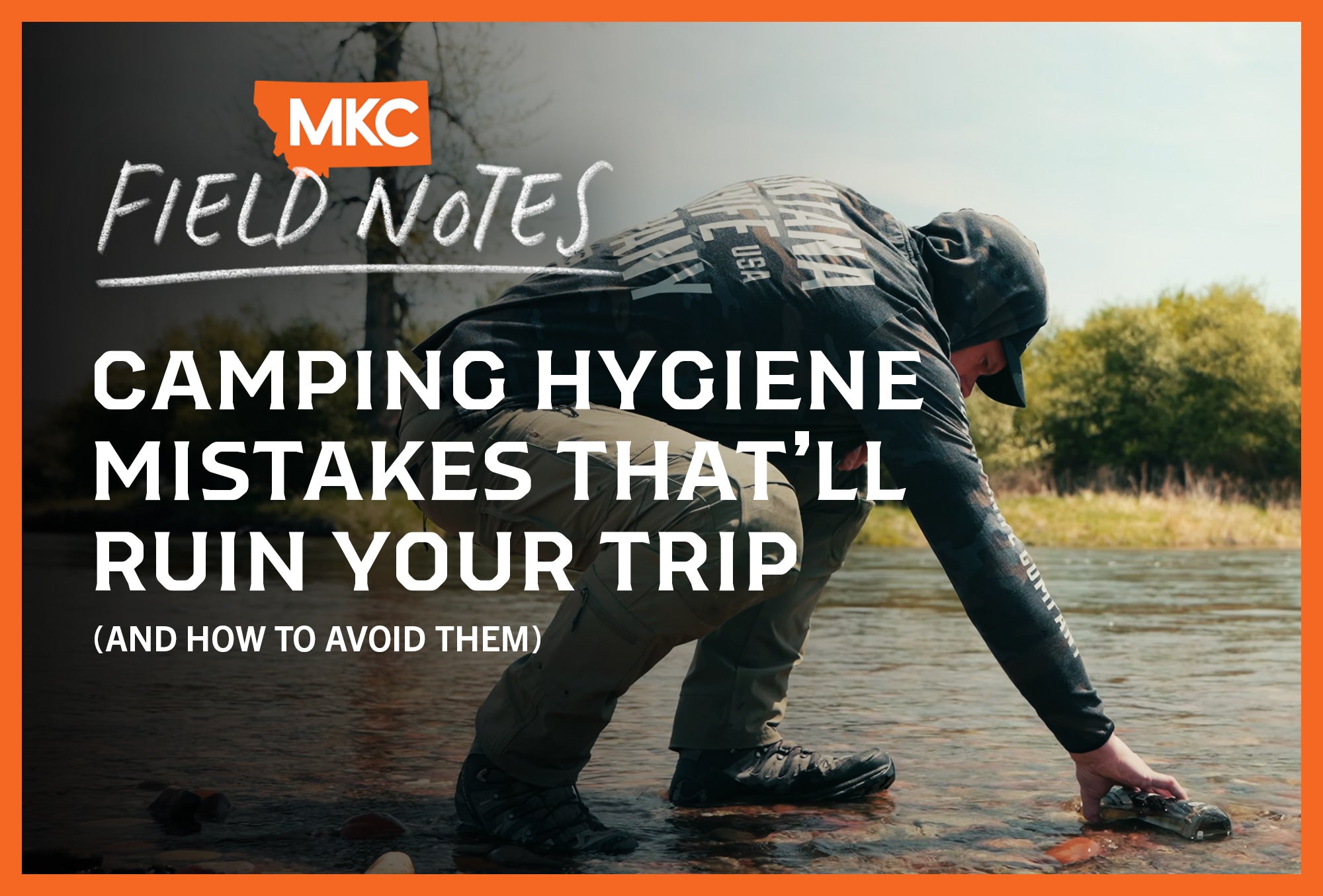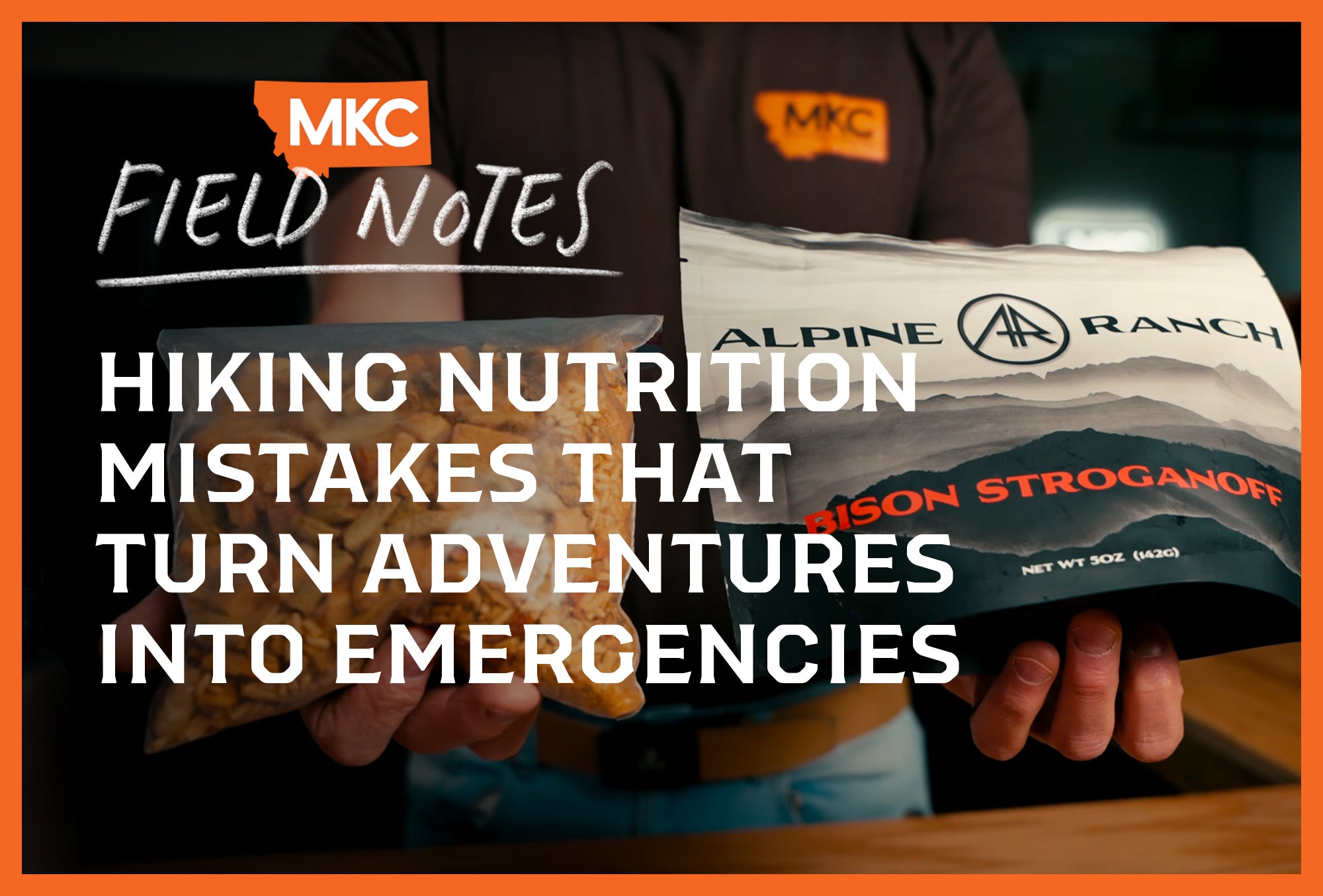Most outdoorsmen wait until they’re miles from the trailhead before discovering their food plan fails under pressure.
That’s why I developed a field-tested approach to backcountry food that maintains performance when you’re exhausted, cold, and pushing your limits.
I’ve watched too many solid hunters, hikers, and backpackers crash when their carefully calculated spreadsheet plans collide with backcountry reality.
I’ll walk you through the exact backcountry food strategy that keeps me operating at full capacity, even during extended trips in challenging conditions.

The Pre-Trip Backcountry Food Planning Trap
Building a backcountry food plan starts with the basics: calculating calories, examining macronutrient ratios, and selecting packable foods. Most hunters do this part correctly.
Where they fail is the next step: field-testing that perfect spreadsheet plan before the trip.
Your carefully planned backpacking nutrition plan means nothing if:
- You can’t stomach those energy bars on day three because you’re nauseated from altitude.
- Your dehydrated meals leave you hungry two hours later during cold weather.
- Your supplement stack causes unexpected side effects miles from medical help.
Test your backpacking nutrition plan during pre-season training to learn what actually works for your body under stress.
Hunting Nutrition Reality: Don’t “Get Healthy” in the Backcountry
The hunting trip you’ve waited all year for isn’t the time to make lifestyle changes.
If you use caffeine daily, the middle of a mountain hunt isn’t the time to quit. You might adjust your intake to prevent dehydration, but eliminating it entirely causes withdrawal symptoms at the worst time.
The same applies to tobacco users. I’ve hunted with guys who decided to quit cold turkey on a backcountry trip. By day two, they were so irritable and distracted they couldn’t focus on hunting.
Backpacking nutrition requires brutal honesty about your actual habits and needs, not your idealized self.
Field-Tested Supplement Warning for Backcountry Performance
Never introduce new supplements right before or during a hunt.
I once watched a hunter who decided to load creatine before a high-country hunt without prior testing. His body reacted with:
- Severe migraine headaches that prevented effective glassing
- Dehydration that compounded at elevation
- Kidney stress when water sources were limited
Another hunter started a new pre-workout supplement the week before his trip. By day two, he developed hives so severe we nearly used an EpiPen when we feared his airway would close.
Test any supplements for at least 30 days before depending on them in the backcountry.
My Backcountry Food System: What Actually Works
My backcountry food system centers around these components:
Backcountry Dehydrated Meals: “Field Stripped” for Efficiency
Dehydrated meals form the foundation of my system, but never in their original packaging. I “field strip” commercial meals by:
- Removing them from bulky packaging
- Transferring them to quality freezer bags
- Adding custom ingredients like dried cheese, spices, or olive oil
- Using the empty bag as trash storage
Daily Ration Organization for Disciplined Consumption
I package each day’s food in one large Ziploc. This creates:
- Clear visual accountability for daily intake
- Simplified organization in the field
- Forced rationing when temptation hits
This system prevents me from overeating early in the trip and leaving insufficient calories for when I need them most.
Morning Caffeine and Fat-Based Starter
Every day in the backcountry begins with two elements:
- Hot coffee to wake up and normalize my system
- Fat-heavy foods that provide sustained energy
My typical morning includes coffee with a food bar, a nut butter packet, or mixed nuts. This fat-protein combination gives me steady energy without the ensuing crash from carbohydrate-heavy breakfasts.
Midday Backcountry Snacking Strategy
The critical middle hours, when you’re glassing from a hillside waiting for animals to move, demand specific nutrition. My midday kit includes:
- Mixed nuts (cashews, almonds, macadamias) for fat and protein
- Jerky or meat sticks for protein variety
- Limited candy or quick carbs (I try to avoid these since they cause energy crashes during important hunting moments)
What matters isn’t what works for me, but what works for you in the field.
Emergency Performance Nutrition
I carry energy gels or chews in my possibles pouch during extended stalks. These serve two purposes:
- Quick energy when fatigue hits during critical moments
- Electrolyte replacement when I start cramping during steep climbs
This emergency nutrition sits between regular meals and survival rations. It’s tactical fuel for performance.
Hydration: More Important Than Backcountry Food
Food planning gets all the attention, but hydration ultimately determines backcountry performance. At elevations above 10,000 feet, water is my principal focus.
My hydration system includes:
- One Nalgene bottle on my hip belt for constant access
- A larger bladder (four to six liters) inside my pack
- Electrolyte-enhanced water and plain water (I alternate between the two)
While our bodies store weeks of energy as fat, water depletion leads to immediate consequences:
- Muscle cramping during stalks
- Cognitive decline that affects decision-making
- Reduced stamina and recovery capacity
In cold weather, I avoid bladder systems with hoses that can freeze, opting instead for bottles I keep close to my body.
Test Your Backcountry Food System
The backcountry rewards preparation and punishes assumptions. Take these steps before your next trip:
- Create your ideal backpacking nutrition plan on paper.
- Test it during demanding training sessions.
- Push yourself to exhaustion to see what’s still palatable.
- Adjust based on real performance, not theory.
- Document what works for your body.
The most sophisticated spreadsheet means nothing if you can’t execute it when you’re exhausted, cold, and miles from help. Build your hunting nutrition plan through deliberate testing rather than hopeful planning.

by John Barklow, a Special Operations Survival Instructor and consultant who has spent decades teaching military personnel and civilians survival techniques in extreme environments.























